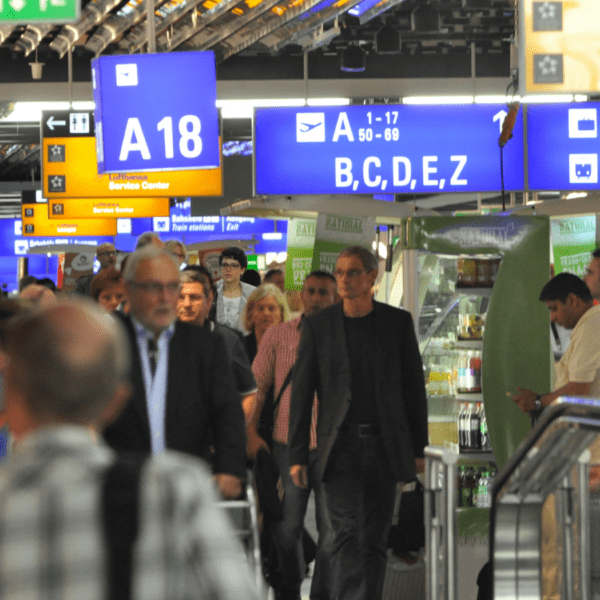 All world regions enjoyed robust growth in international tourism in the first nine months of this year, fuelled by solid demand from major source markets. Asia and the Pacific led growth (+7 per cent), followed by Europe and the Middle East (+6 per cent each), Africa (+5 per cent) and the Americas (+3 per cent).
All world regions enjoyed robust growth in international tourism in the first nine months of this year, fuelled by solid demand from major source markets. Asia and the Pacific led growth (+7 per cent), followed by Europe and the Middle East (+6 per cent each), Africa (+5 per cent) and the Americas (+3 per cent).
Despite comparatively slower growth between July and September, UNWTO estimates that destinations worldwide received 1,083 million international arrivals through September, an additional 56 million when compared to the same period of 2017.
2018 results to date are in line with UNWTO’s growth forecast of +4 per cent to +5 per cent for the year. The first nine months of the year usually account for about three-quarters of total annual international arrivals, as they include the Northern Hemisphere high season months of July and August. For detailed results click here.
Positive growth in tourism earnings across most destinations
With few exceptions, preliminary data on international tourism receipts confirm the positive trend seen in arrivals, with particularly strong results in Asian and European destinations.
Among the top earners, tourism earnings in the United Kingdom were up by 12 per cent despite a decline in arrivals. In Australia, receipts increased by 11 per cent whereas France reported an 8 per cent growth and Italy 6 per cent, both in line with growth in arrivals. Tourism receipts in the United States, Spain and Germany went up 3 per cent.
In Asia, China recorded a 21 per cent increase in tourism earnings, with Macao (China) and Japan also leading results with 20 per cent and 19 per cent growth, respectively.
International tourism expenditure
Preliminary data on tourism spending for the first nine months of 2018 reflect increasing demand from major source markets.
The Russian Federation (+15 per cent) reported the largest increase in spending and continues to recover strongly after some years of decline. The United Kingdom reported 10 per cent growth despite a weak pound against the euro and US dollar, and tourism spending from France picked up 10 per cent after some years of rather flat growth.
The United States, the world’s second largest source market, recorded a 7 per cent increase in line with the performance of recent years while top source market China showed a minor decrease in spending in the first six months of 2018 as a result of the weaker Yuan.




















